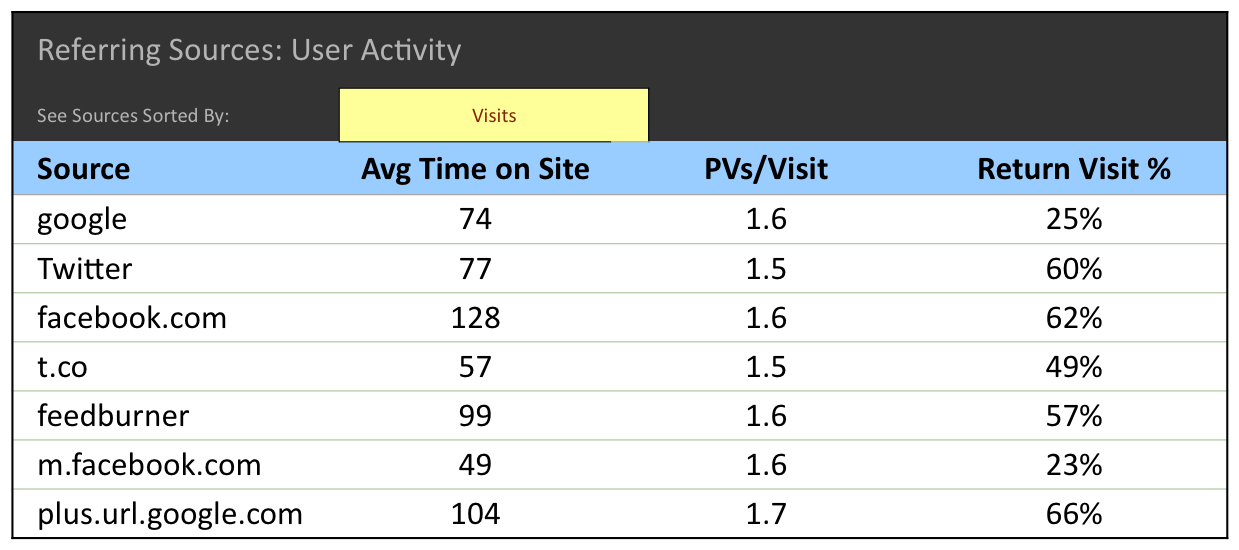
Social media optimization is one way you can optimize your website. Social media optimization involves using links to drive traffic towards your site. Here are some tips to optimize your links:
Link building
Although social media is not new, few marketers are taking full advantage of the many opportunities it offers to build links. Not only is social media a great way to increase brand awareness, but it also offers an affordable alternative to other link-building strategies. While it may not be the first thing on an SEO professional's mind, the right approach can help boost your website's search engine rankings. Here are some tips for using social media to build links.
Listen to people. You can get valuable insights from people when you listen to them. Social media allows customers and influencers to interact with you. You can also find news sources in your area and competition. Listening can help you to create unique link-building strategies. Engaging on a regular basis with other people can position your website as an industry thought leader, and help you attract more referral traffic.
Technical optimization
There are three main types of social media SEO: technical, editorial, or onsite. Technical optimization is the optimization of your website's code. It does not affect rankings and can be changed on your site. These are the three types of SMO. Here are their key points.

Technical social media optimization is the process of optimizing online content that will be shared via social media. It can be difficult to create a formula for determining what content will be shared via social media platforms. However, this is becoming increasingly important as social sharing is integrated into search engine results. There are many tools that can assist you with this process. Here are three of the most common options:
Editorial optimization
Social media optimization involves combining editorial content with online advertising strategies. You can increase the value of your content and reduce the time it takes to do so. Editorial content is written for the purpose of communicating with people in the Awareness stage and should be relevant to their needs. Fortunately, there are several ways to achieve editorial goals. Here are four common ones:
Technical optimization refers to web site code. URL formats, hosting and link building are all important. While technical optimization can improve a website's spider performance, it doesn't affect its ranking and should be avoided. It's easy to change the technical optimization of your site so that it performs at its best. For social media optimization, there are three general forms. Technical optimization is simple. This involves optimizing your website's code, hosting, and URL formats for search engines.
Scheduling content
When generating and scheduling content for social media optimization, it's best to post at the right times of day for maximum engagement. Businesses can run competitions and create campaigns by scheduling content ahead of schedule. This allows them to promote their service consistently. Scheduled content can also guarantee reliability in analytics. Businesses will avoid potential pitfalls by having a plan. Here are five reasons why scheduling content is beneficial for your business.

When scheduling content for social media optimization, you can set a time to curate branded assets, including GIFs, videos, and graphics. You can use simple, unstructured images for social content. But carefully crafted imagery gives your post depth and stands out. Your creative process can be streamlined by providing briefs to your content writers in advance. Include details such as image size and content.
FAQ
How is content marketing different from traditional advertising?
Traditional advertising is focused on attracting attention. Content marketing is about providing value. Because most people don't pay attention to traditional advertising, it is often a waste. You'll get much better engagement rates with content marketing.
How long will it take to get started with content marketing?
It depends on the size and scope of your business. It is more difficult for smaller businesses to invest in content marketing right away. However, it can pay off big-time if you're willing to put in some time.
Why do I need a Content Marketing Strategy? Why send emails and post updates on social media?
Two reasons to ignore Content Marketing Strategy are:
-
You may believe that email marketing or social media posts will be enough to get people talking and sharing your brand's story.
-
This type of content might not be practical if you haven’t yet tried social media posting or email marketing.
Both of these assumptions are wrong.
Email marketing and social media posts can be great ways to communicate with customers and prospects. They're not enough on their own.
You can't rely on an email campaign to reach your goals. Instead, it needs to be part of a larger strategy. Your goals will not be achieved by social media posts. They must be part of a comprehensive plan.
This is where the Content Marketing Strategy comes into play. This strategy will help you manage the content creation process.
This will allow you to focus more on the essentials of running your business like growing your audience or increasing conversion rates.
Although there are many benefits to a Content Marketing Strategy it does not mean that it is easy.
It is important to have a strategy.
How much should content marketing cost?
It all depends on how many leads are you looking to generate. The average cost per lead ranges from $5-$10, depending on the industry. For example, when we first started our business, we were spending about $20 per lead. Today, we spend about $6-7 per lead.
What is the difference in content marketing and content creation?
Content marketing refers to the idea that great brands all have the same message. They consistently deliver the valuable information people want and require.
Content marketers understand how to create the best content for each channel at various times.
They also have the ability to devise a plan for distribution and promotion.
This means that they strategically think about what they do, and why it matters.
This is the core skill set needed to be a successful content marketer.
What is Content Strategist, and what does it do?
A content strategist helps brands tell stories by crafting engaging messages that connect emotionally to their audiences. They are storytellers who help brands tell brand stories that motivate people to act.
Content strategists are skilled at creating strategies that will engage customers and prospects. For example, they use storytelling and data analytics to create compelling experiences that will inspire customers to visit stores, buy goods, and share their enthusiasm online.
They also understand how to integrate social media platforms into these campaigns. They use technology tools such virtual reality and video to deliver exceptional customer experiences.
These strategists create digital content and then translate those ideas into plans that marketers will be able to implement. This includes creating content and briefings for creative purposes, budget management, and the creation of content for television and print.
What does Content Marketing look like?
You know what someone is searching for when they visit your site. They will be happy if they find what you need. But if not, they'll leave and go look elsewhere. Content marketing helps you provide useful and valuable information that answers questions and solves problems. This content can be used across all platforms (social media and email). It will be available to everyone at all times.
Statistics
- Out of the 1,500 marketers we surveyed for our State of Content Marketing report, 78% who felt their content marketing strategy was exceptionally effective in 2021 had documented their strategy. (semrush.com)
- According to the Content Marketing Institute, 70% of B2B marketers and 86% of B2C marketers surveyed use content marketing in some form or other. (criteo.com)
- According to research compiled by Coschedule: Companies that publish 16+ blog posts a month get as much as 3.5x as much traffic as those that publish 0-4 posts a month. (criteo.com)
- According to our research, brand awareness, attracting traffic, and generating leads remain the key content marketing goals in 2022. (semrush.com)
- Forty-seven percent of buyers view 3 to 5 pieces of content before engaging with a sales representative. (mailchimp.com)
- According to our research, 65% of companies with very successful content marketing in 2021 ran content audits at least twice a year. (semrush.com)
- Companies that use content marketing see approximately 30% higher growth rates than businesses not using it. (mailchimp.com)
- Content marketing produces 3X more leads per dollar spent. Content marketing costs 62% less than traditional marketing. (criteo.com)
External Links
How To
How do you develop a content marketing strategy?
It is important to first understand the content that you wish to create for your clients. Once this is defined, it's time to start creating content. This may require you to create an editorial calendar, and plan where your content will come from. Content should always serve a purpose. It doesn't really matter what content you're using, whether it's blog posts or social media updates. But they all should have a single purpose.
Once you have determined the content you want and who you are targeting, you need to know who they are. So who are they interested in, and why would they care about whatever you're offering them?
Next, you need to identify your target market. Then, find ways to communicate with them. You can connect with people through social media, but there are other options available, such as podcasts, videos, and webinars.
Once you have decided how you want to communicate with your target market, the next step will be to identify what topics and types you want content to cover. This again goes back to the reason you're writing content. What problem does this solve? Are they satisfied? Does it make their lives more easy?
Now that you know the content type you write, it is time to decide what to say. Do you want to share information about your industry? On current events? On specific products and services? Your focus will be determined by the answer to this question.
Finally, once you've answered those questions, it's time to combine everything into one complete package.
You want every piece you create to serve its purpose. You don’t want to waste anybody’s time or energy. So make sure that you include quality in every aspect of your content.
Don't forget that a great content marketing strategy has many moving parts.